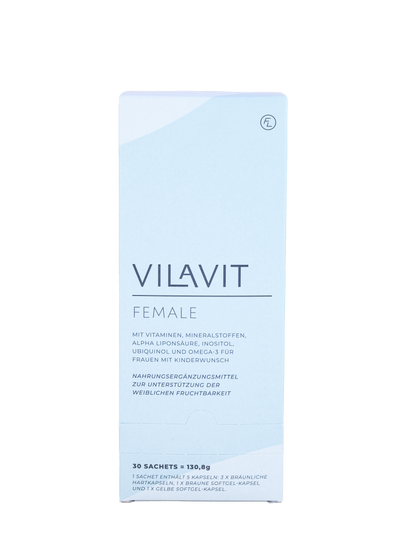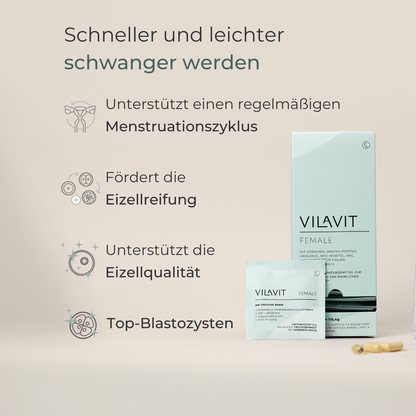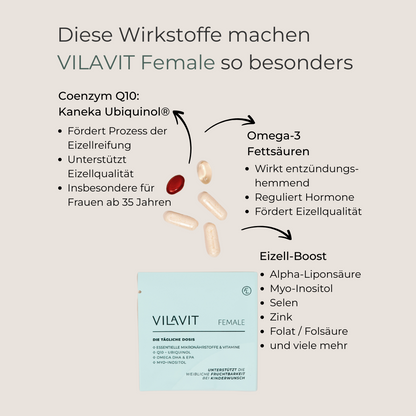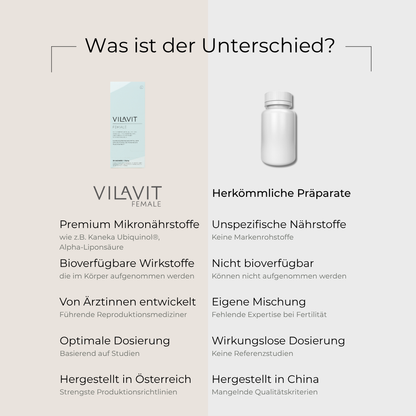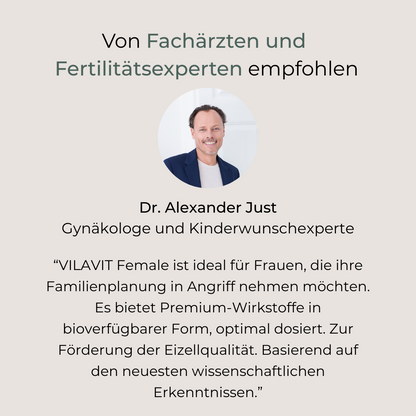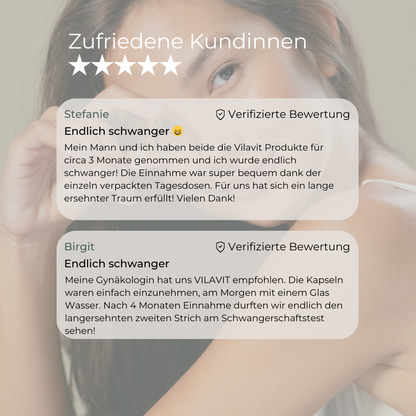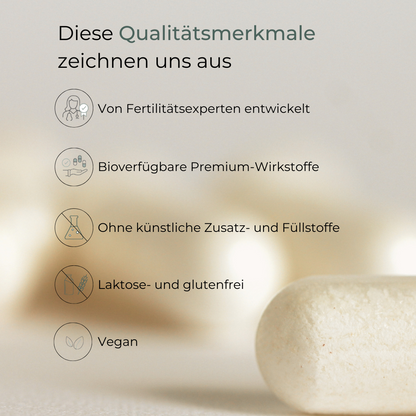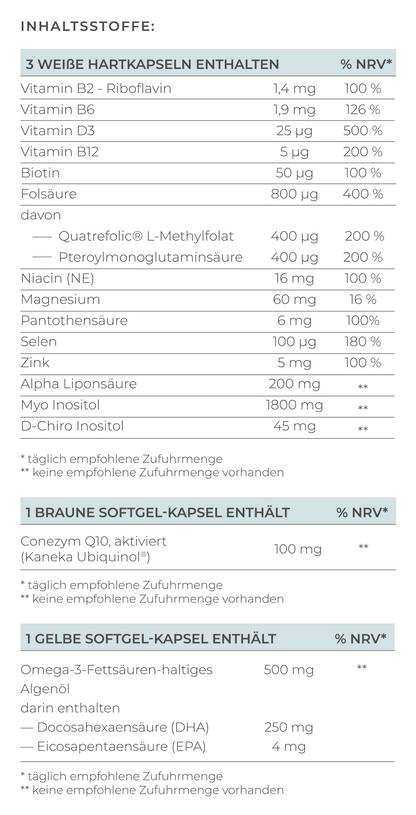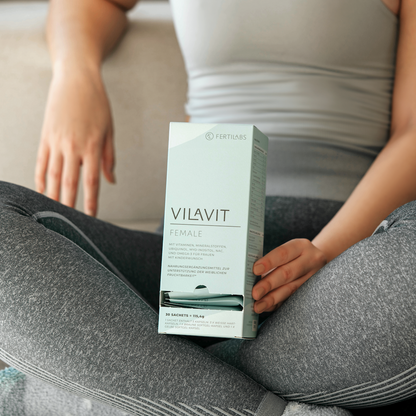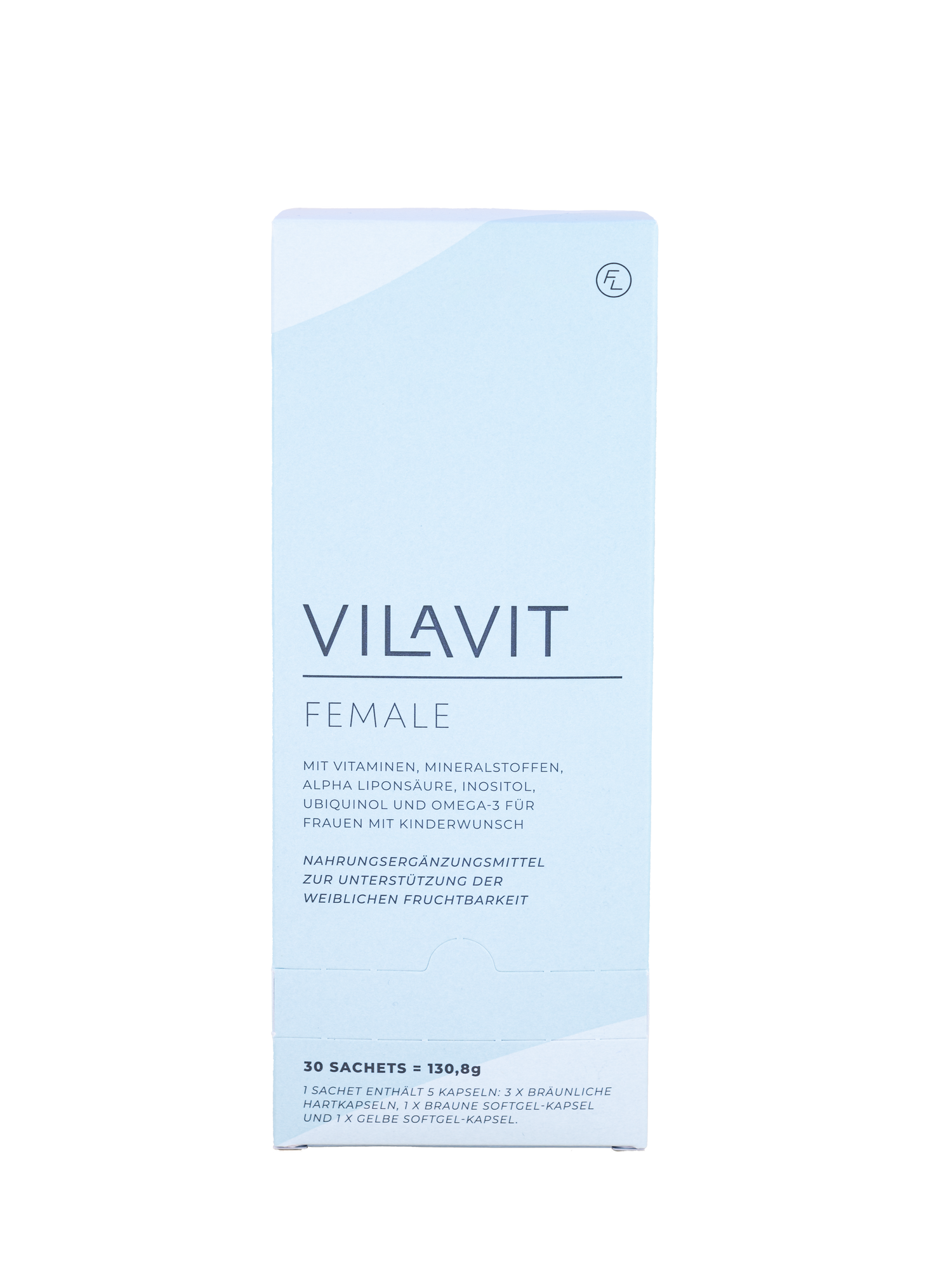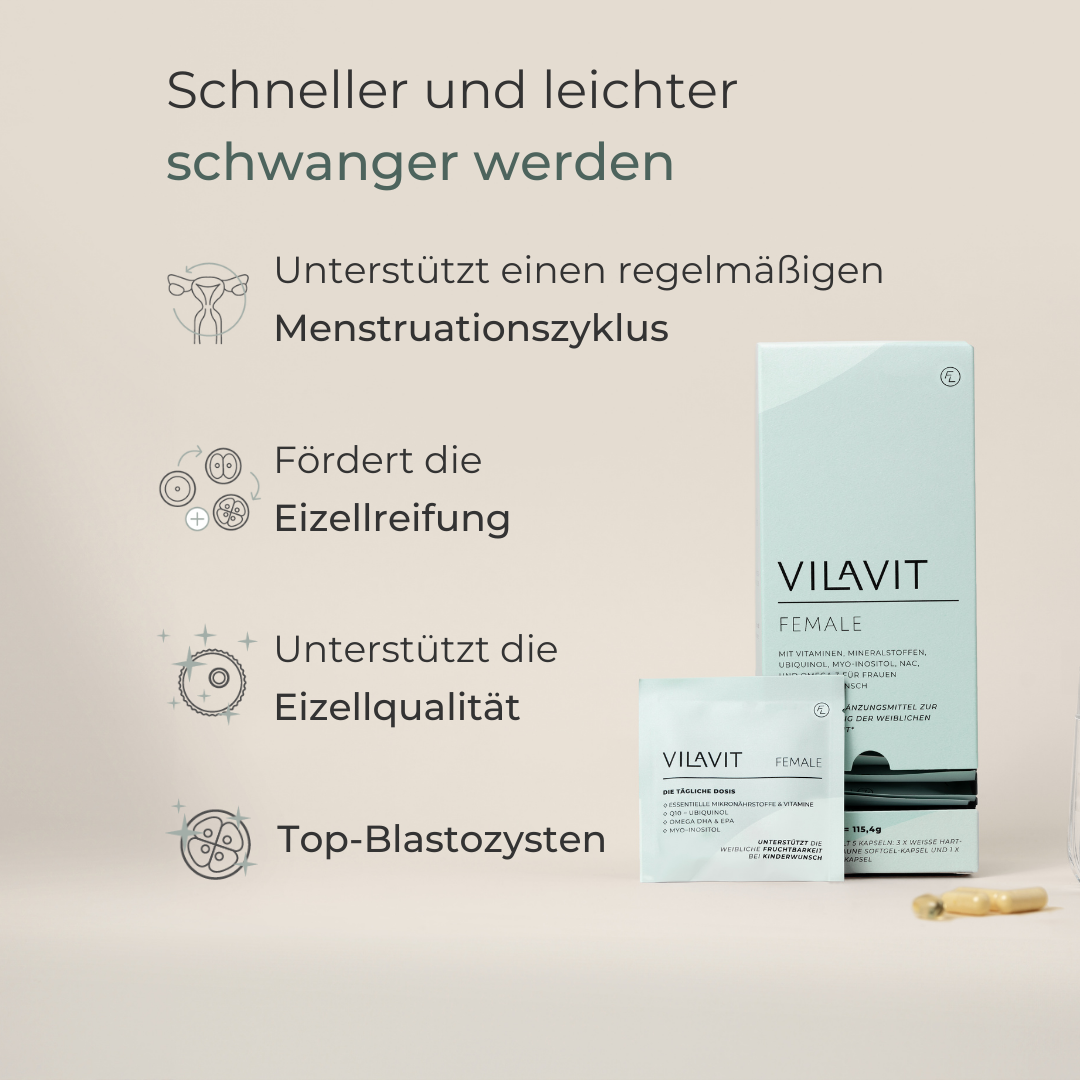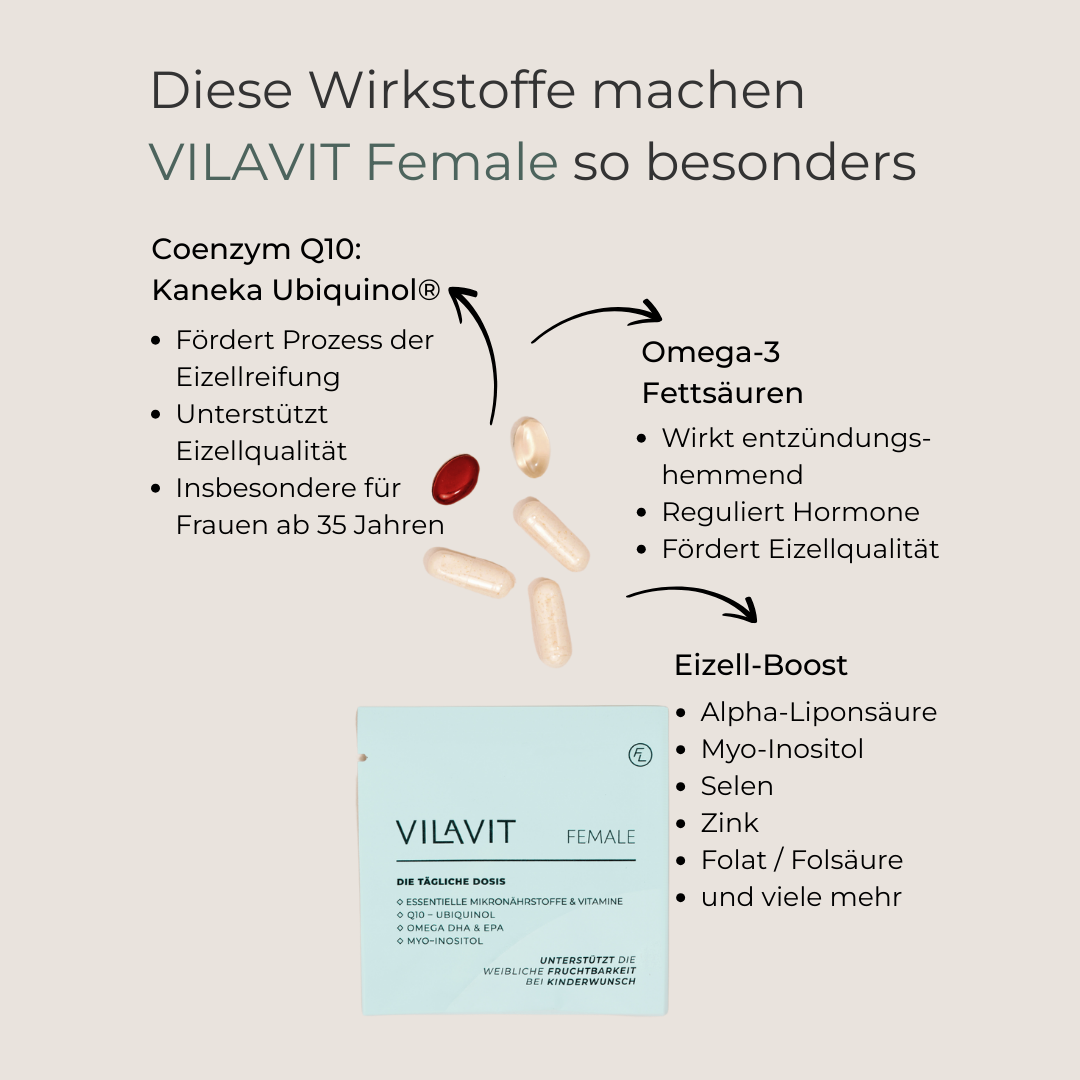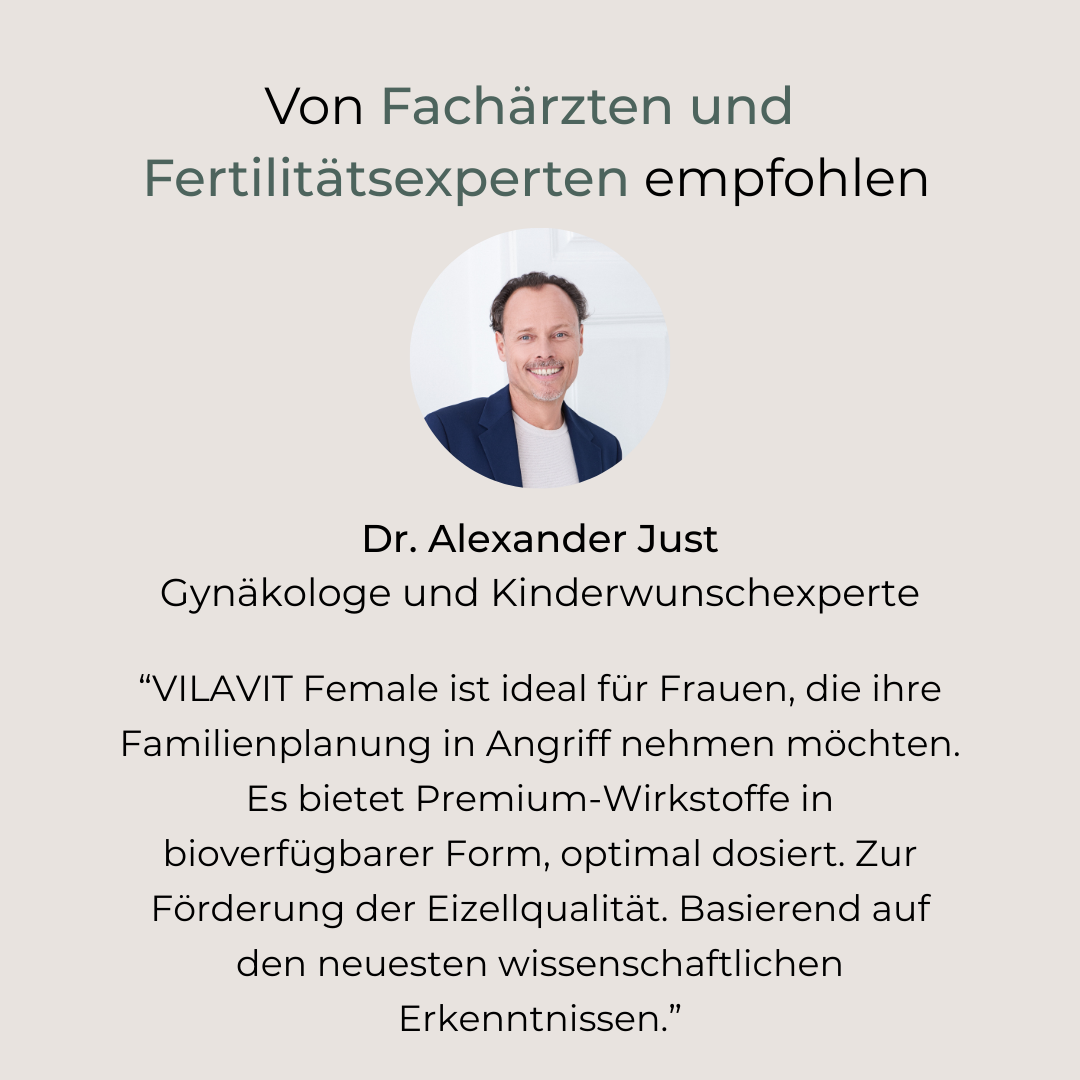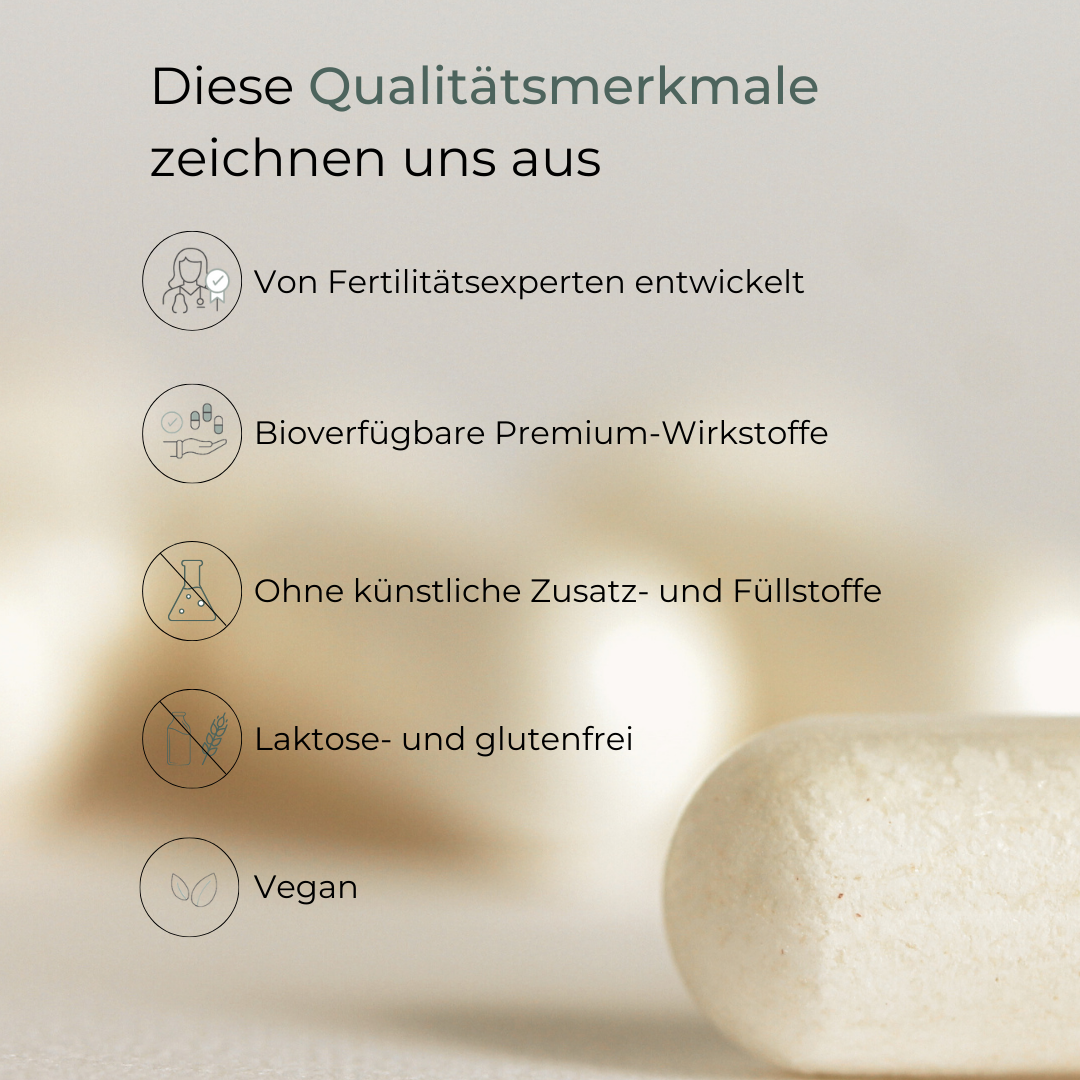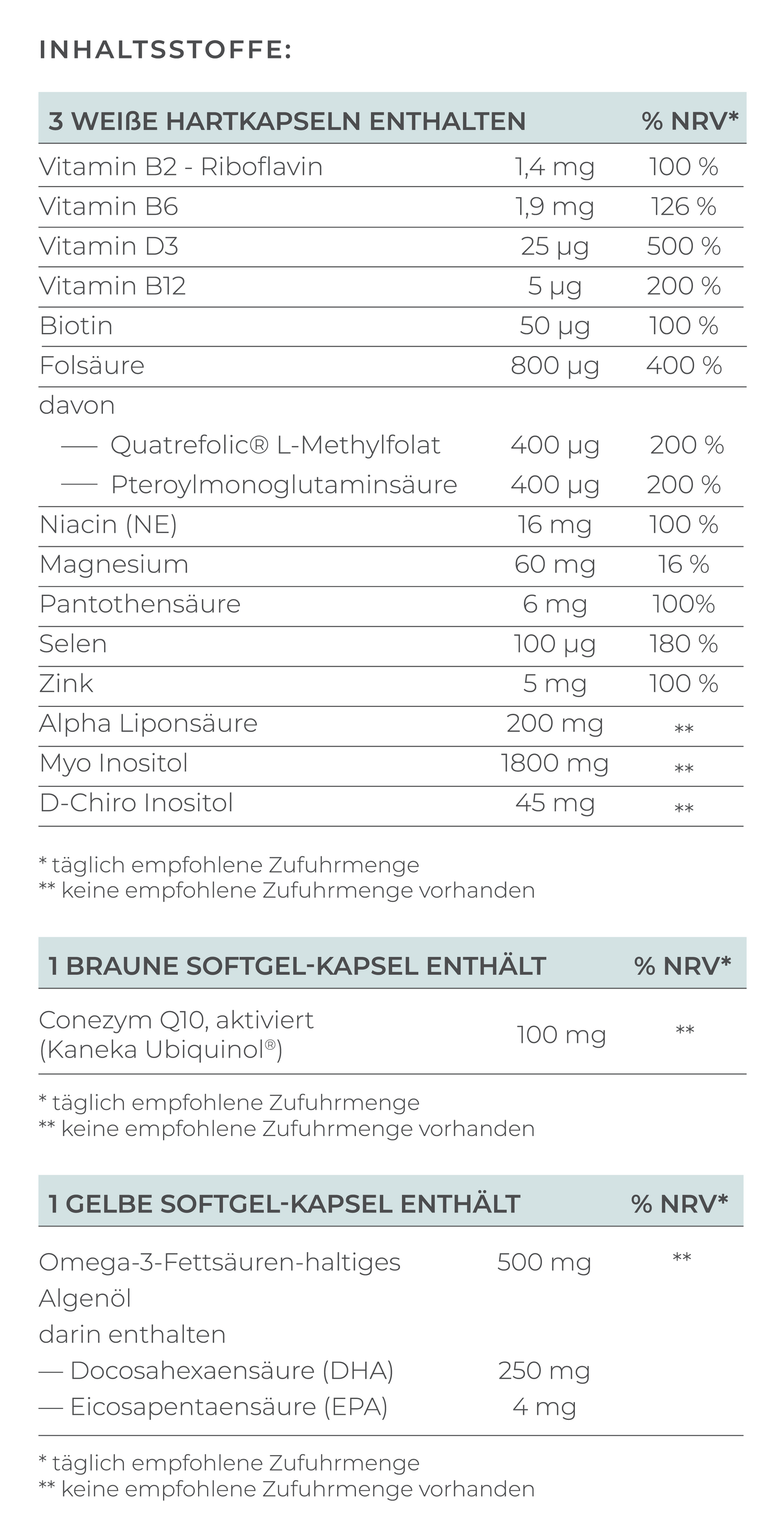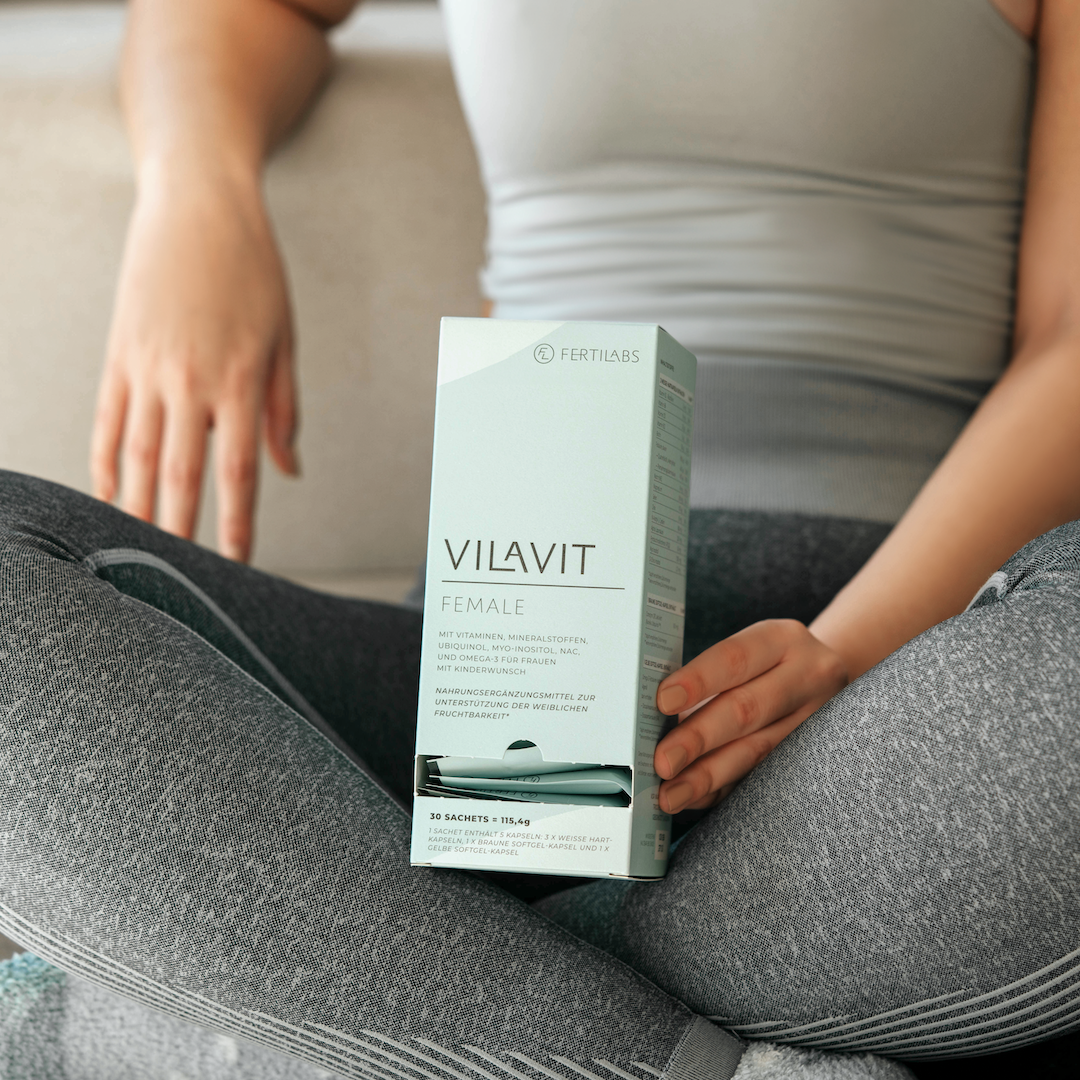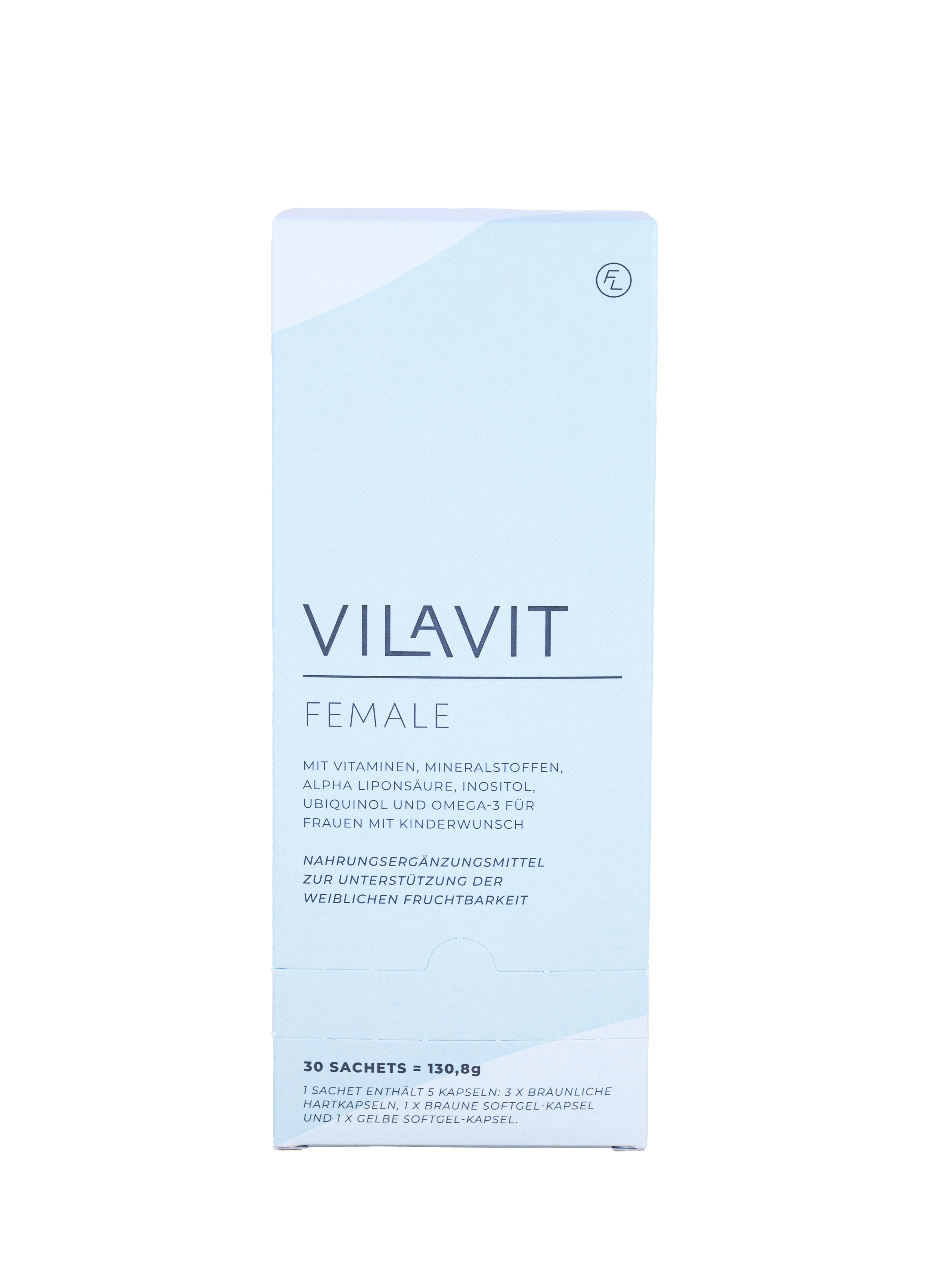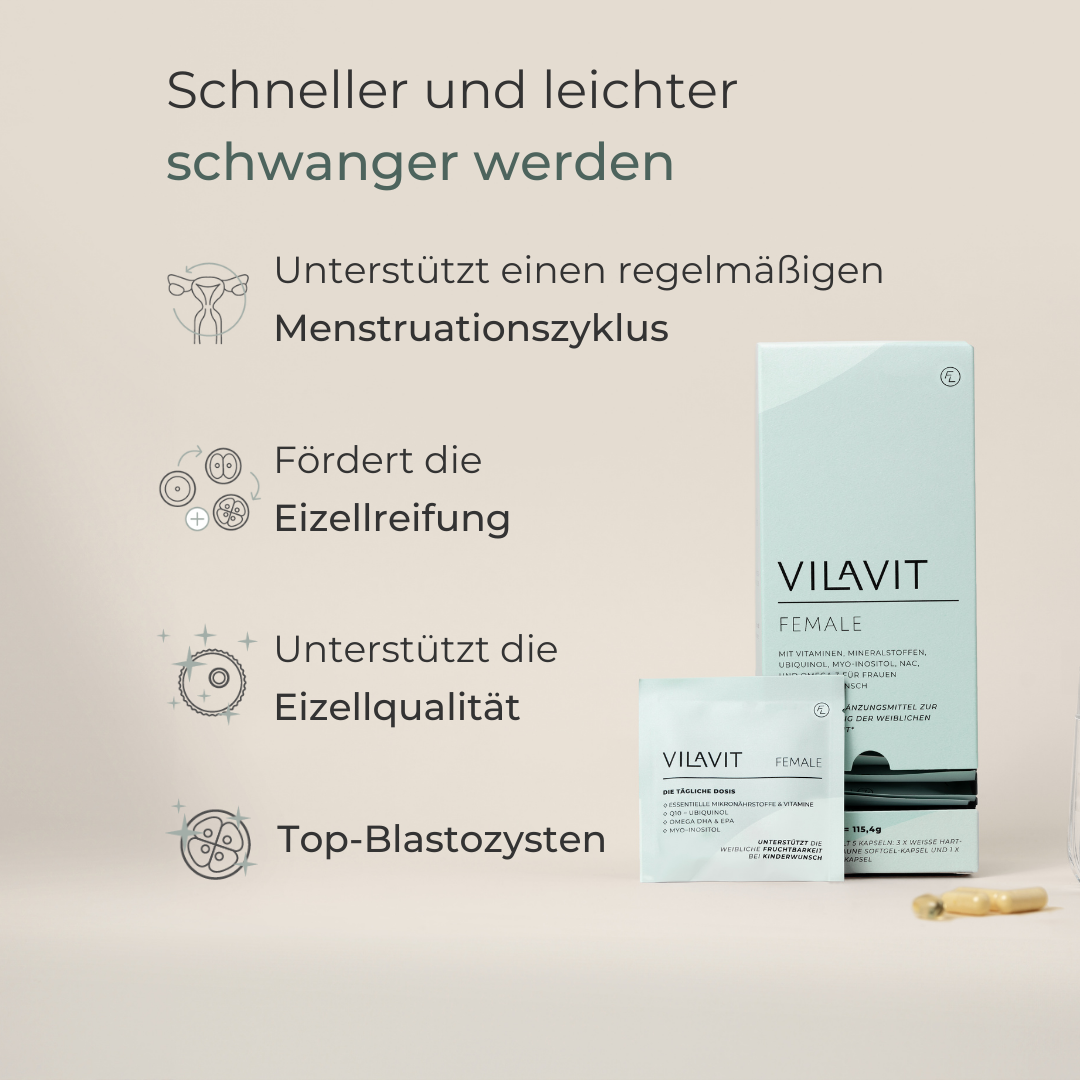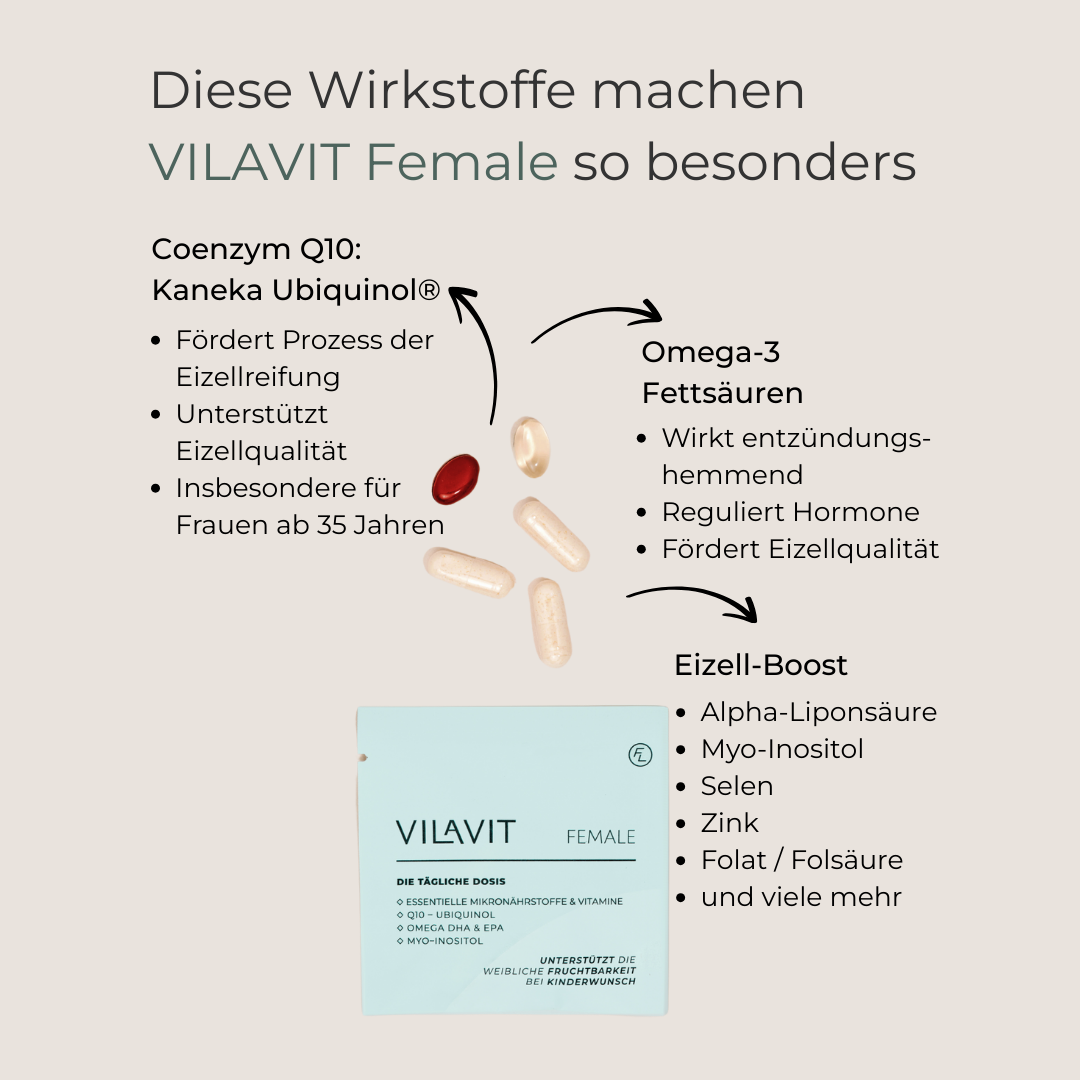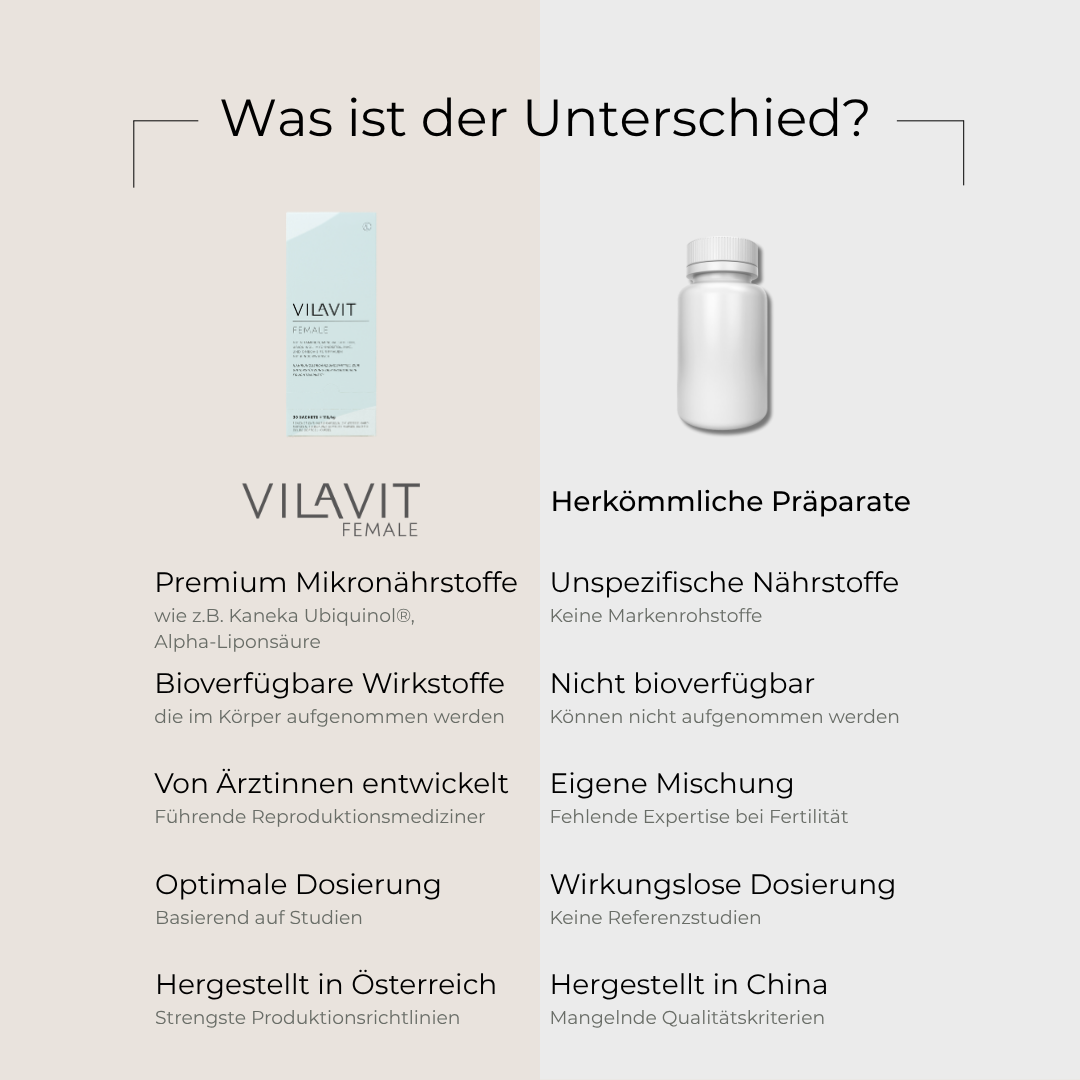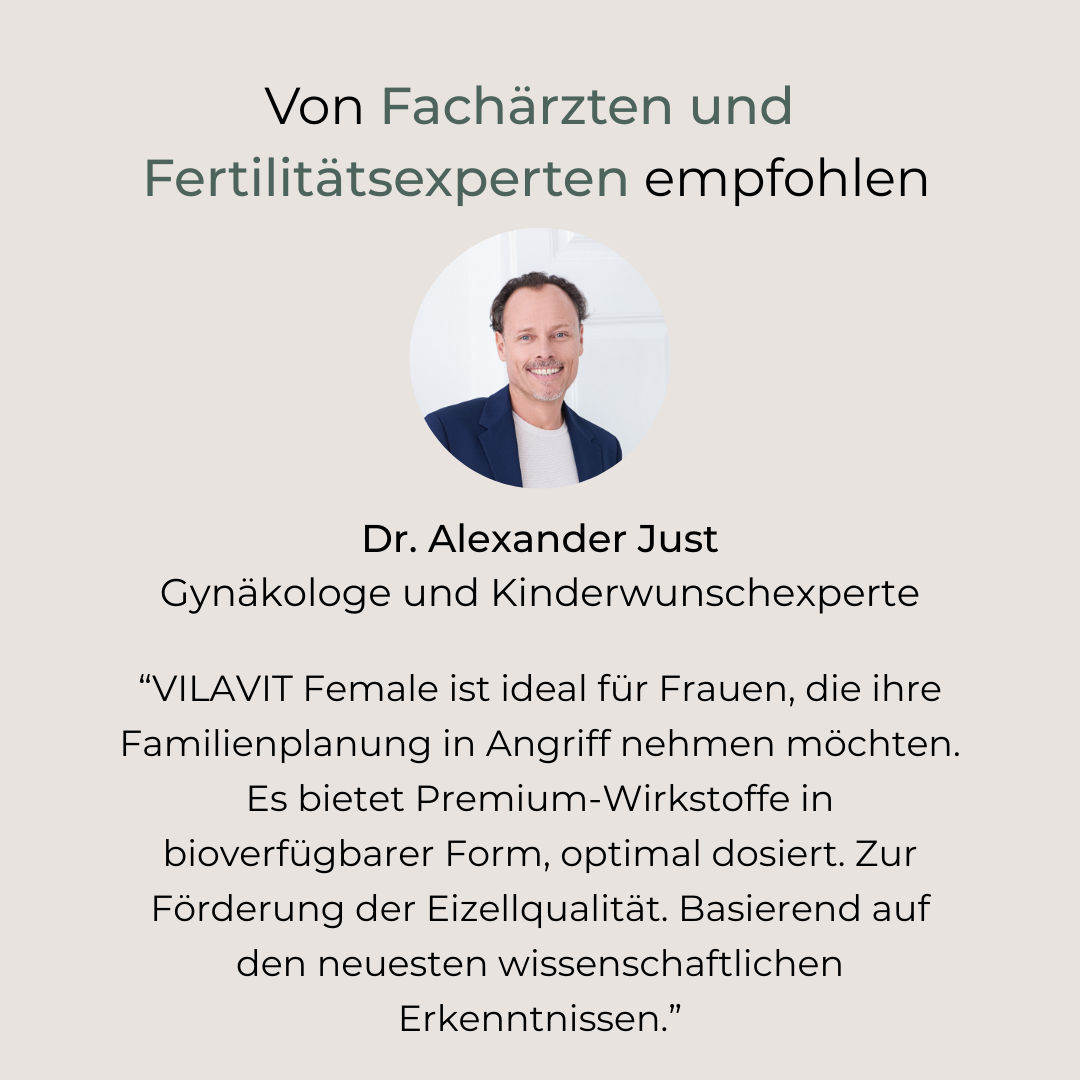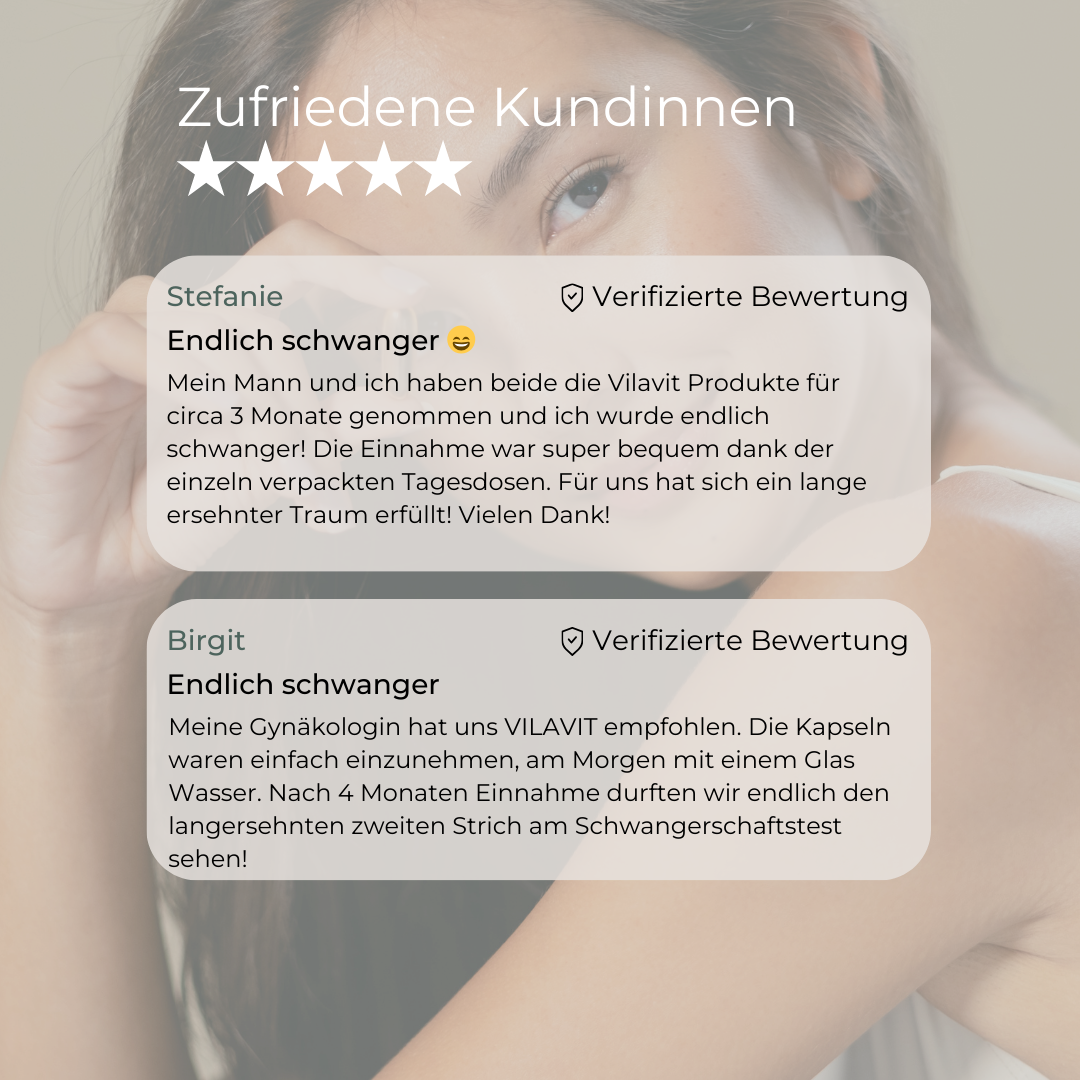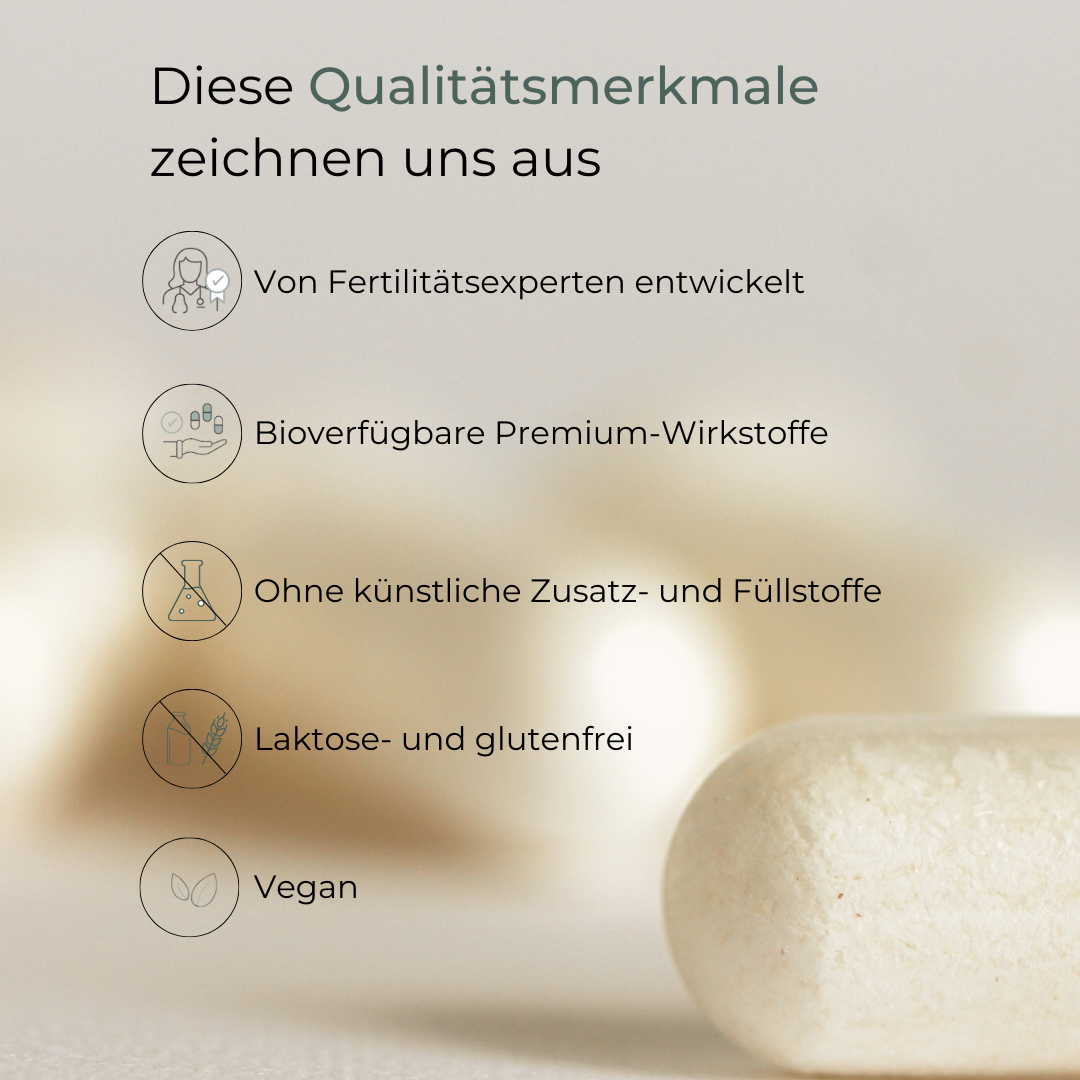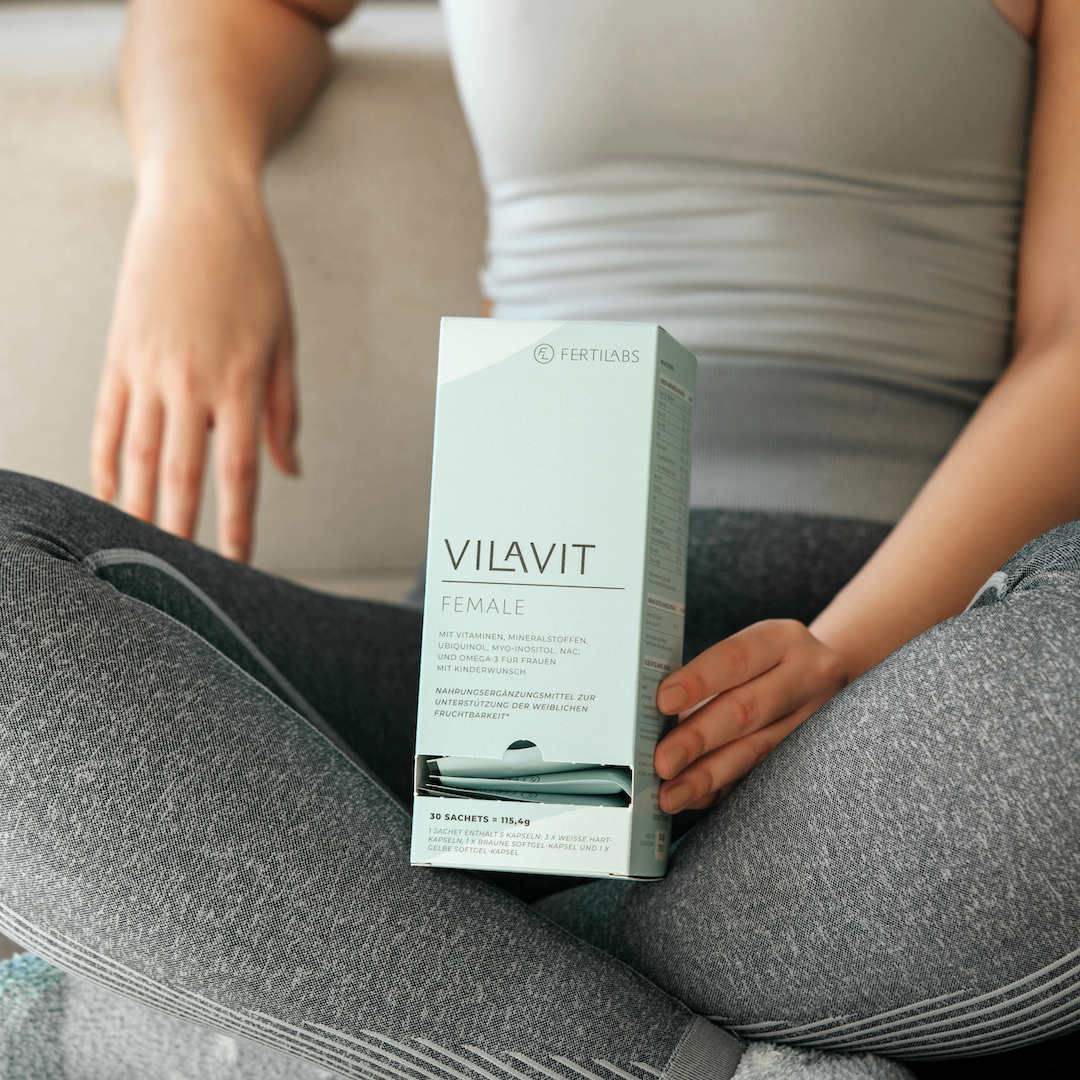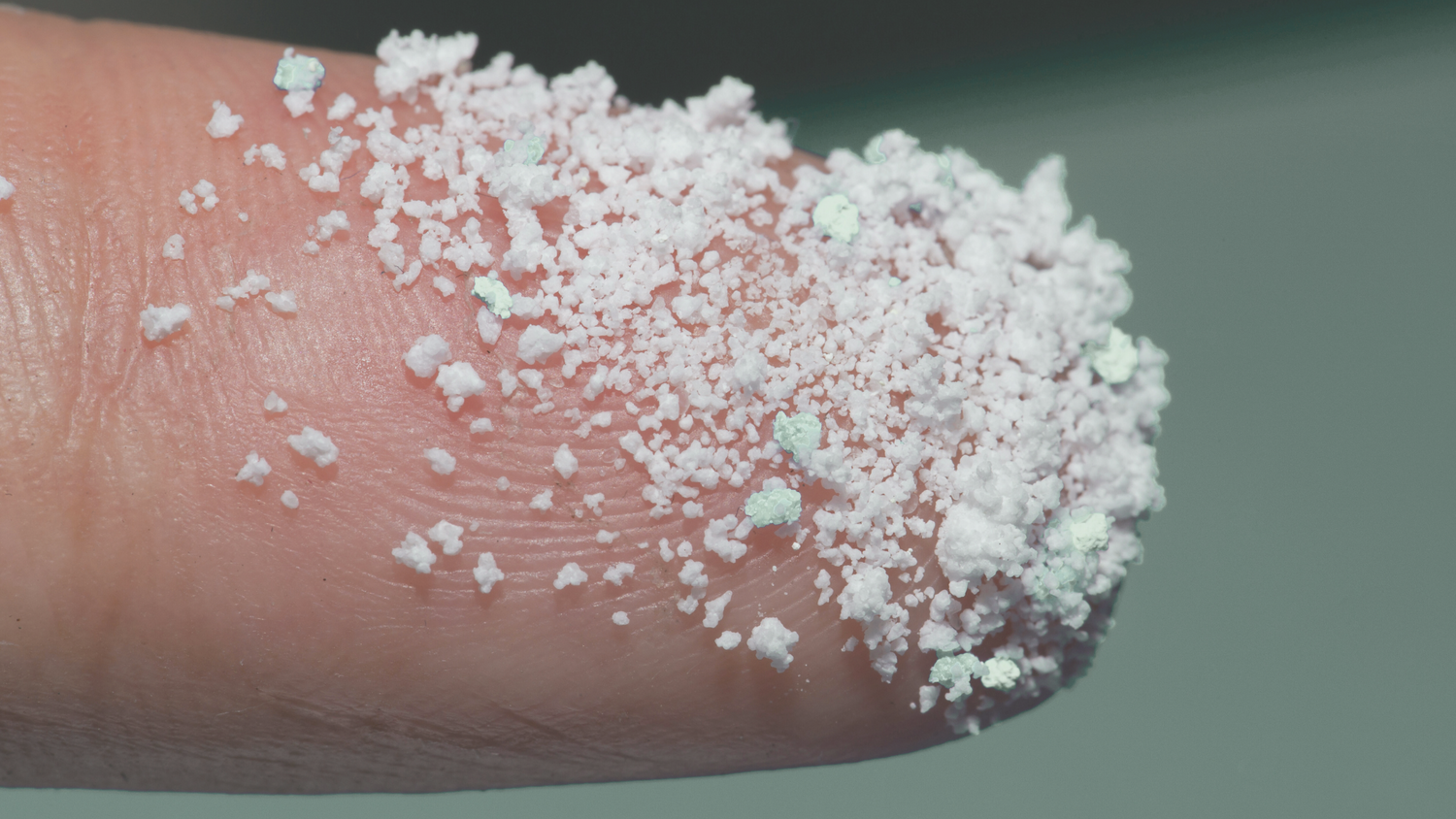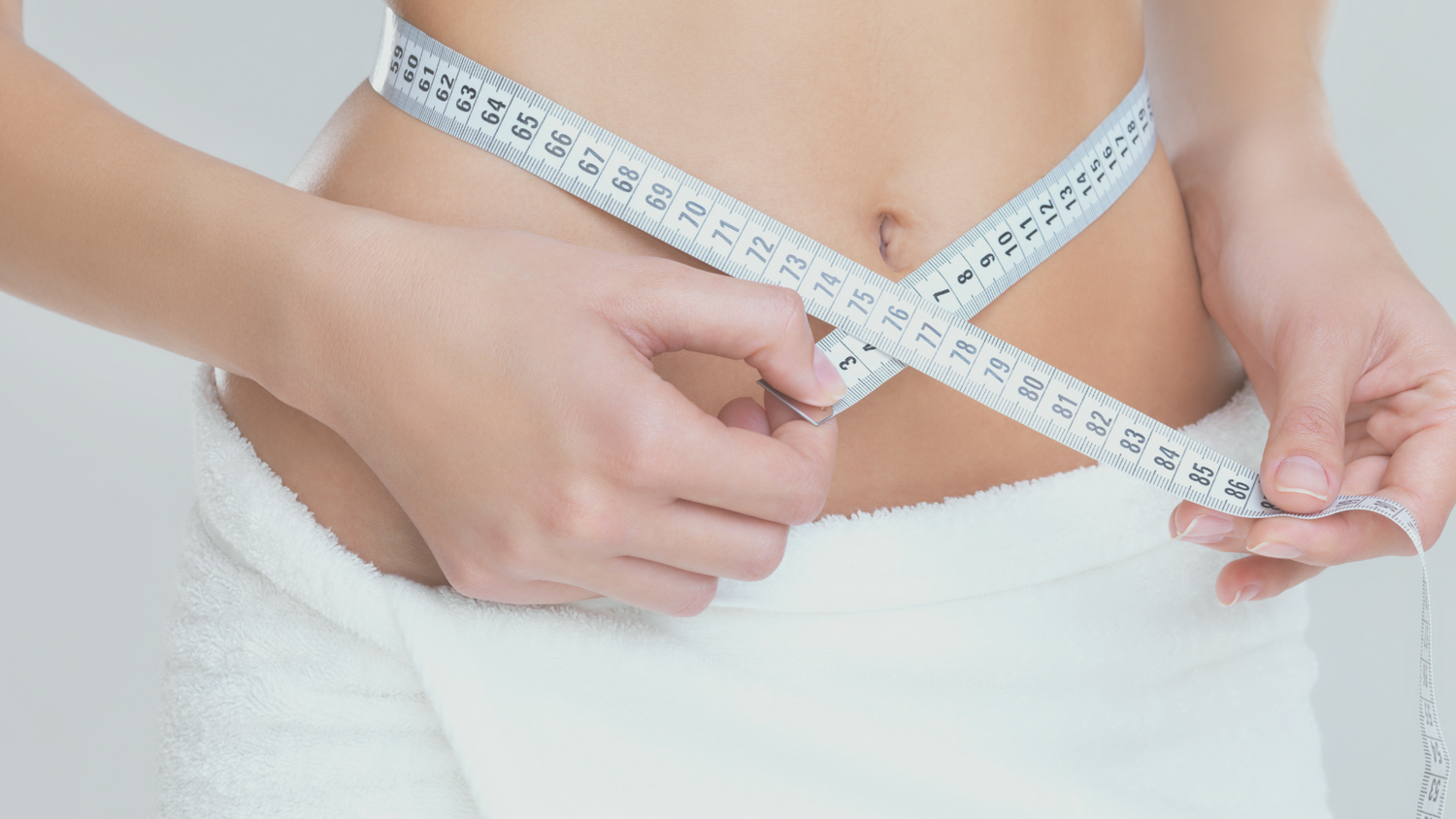Key Facts about Ovarian Hyperstimulation Syndrome (OHSS):
- OHSS (Ovarian Hyperstimulation Syndrome) is a possible overreaction of the ovaries to hormonal stimulation.
- Fluid can leak from blood vessels into the abdominal cavity - this is a typical sign of OHSS.
- Symptoms range from abdominal pain and nausea to shortness of breath and significant weight gain.
- Diagnosis involves symptom assessment, ultrasound, and blood tests.
- Individualized treatment plans can significantly reduce the risk.
If you're currently undergoing fertility treatment or preparing for it, you may have already heard of Ovarian Hyperstimulation Syndrome (OHSS). This is a potential complication during hormonal stimulation treatments, such as in vitro fertilization (IVF).
You may be concerned about the term or wonder what exactly it means and whether you're at risk. While many women experience only mild symptoms, OHSS can, in rare cases, become severe. That's why it's all the more important to be well-informed and recognize possible warning signs.
This article explains what OHSS is, how it develops, and how to identify the first signs. We also take a look at current studies and evaluate treatment options.
What is OHSS (Ovarian Hyperstimulation Syndrome)?
OHSS is a rare but possible side effect of hormonal stimulation during fertility treatment. It occurs when the ovaries overreact to the administered hormones.
This overreaction increases vascular permeability, allowing fluid to escape from blood vessels into the abdominal cavity or other body cavities. This can cause symptoms such as a bloated abdomen, nausea, shortness of breath, or circulatory issues. In very rare cases, serious complications like blood clots or liver and kidney problems can occur.
According to a study, severe cases occur in 0.1% to 2% of all fertility treatments (Delvigne et al., 2002). The good news: with new and individualized stimulation protocols, the risk of severe courses has significantly decreased in recent years.
How Does OHSS Develop?
During fertility treatments like IVF, egg maturation is stimulated with hormones to allow multiple follicles to mature simultaneously for retrieval.
This usually involves injections of gonadotropins (FSH and LH). Additionally, medications are often used to prevent premature ovulation (so-called GnRH agonists or antagonists). At the end of stimulation, ovulation is triggered with a single dose of hCG.
This is where the risk of OHSS can increase: hCG causes the follicles to release certain substances that make blood vessels more permeable. As a result, fluid can leak into the abdominal cavity or other tissues. The ovaries swell, and symptoms like bloating, pain, or circulatory issues may occur.
This fluid shift can also disrupt the balance of salts and proteins in the blood, affecting various bodily functions.
Who is Affected by OHSS?
Fortunately, severe OHSS is rare: it occurs in only about 0.1% to 2% of cases globally. Mild to moderate OHSS is more common, affecting about 3% to 8% of all IVF cycles (Delvigne et al., 2002).
In many cases, overstimulation occurs because the hormone dosage was too high. That's why individualized stimulation is crucial.
Certain factors can increase the risk, including young age, low body weight, or polycystic ovary syndrome (PCOS), where the ovaries are particularly sensitive to hormones.
Signs and Symptoms of OHSS
OHSS can vary in severity: mild, moderate, or severe. Symptoms may begin during hormone treatment or after egg retrieval (also called follicular puncture). Depending on severity, different symptoms appear:
Mild OHSS
- Abdominal tension or pain
- Bloating
- Discomfort
- Mild nausea
These symptoms can also occur during normal stimulation and usually do not require special treatment.
Moderate OHSS
- Symptoms of mild OHSS
- Nausea
- Vomiting
- Fluid accumulation in the abdomen
- Enlarged ovaries (visible on ultrasound)
Severe OHSS
- Nausea
- Vomiting
- Diarrhea
- Changes in urination
- Upper or generalized abdominal pain and noticeable tension
- Shortness of breath
- Diaphragm irritation
- Significant weight gain (up to 20 kg)
- Enlarged ovaries (visible on ultrasound)
- Fluid accumulation in the abdomen
How is OHSS Diagnosed?
During hormonal stimulation, the ovaries are regularly monitored via ultrasound. For at-risk patients, doctors are particularly vigilant. Diagnosis includes:
Medical Examination:
- Assessment of symptoms
- Palpation for swelling or tenderness in the abdomen
- Ultrasound shows enlarged ovaries (>12 cm) with multiple fluid-filled cysts
- Free fluid may be seen in the Douglas pouch or abdominal cavity
Laboratory Tests:
- Electrolyte levels
- Protein levels
- Hematocrit (proportion of blood cells to blood volume)
- Kidney and liver function tests in severe cases
Treatment of OHSS
Existing symptoms can only be treated supportively, depending on severity.
Mild to Moderate OHSS
- Often resolves on its own
- Regular check-ups with your doctor
- Drink 3 to 4 liters of fluid daily
- Ensure salt and electrolyte balance
- Preventive treatment for thrombosis (blood clots)
Severe OHSS
- Usually requires hospitalization
- Intravenous fluids and sometimes albumin (protein solutions)
- If fluid accumulates significantly in the abdomen or lungs, drainage may be necessary
Can OHSS Be Prevented?
The goal of every fertility treatment is to prevent OHSS. There are several proven strategies to reduce the risk. Your doctor should evaluate your individual situation and tailor the stimulation protocol accordingly.
Proven Strategies for Prevention:
-
Individual Stimulation Protocols:
-
Hormone response can be estimated beforehand via AMH levels and antral follicle count (AFC)
-
Women at higher risk (e.g., with PCOS) receive lower hormone doses or gentler protocols (e.g., antagonist protocol)
-
GnRH Agonists for Ovulation Triggering:
- Replacing hCG with a GnRH agonist reduces VEGF, a key molecule in OHSS
- Studies show significantly reduced OHSS risk with this method (Youssef et al., 2016)
-
Cryopreservation of Embryos:
- If OHSS risk is high, fresh embryo transfer is avoided
- Embryos are frozen and transferred in a later cycle to prevent worsening after implantation (Griesinger et al., 2011)
-
Preventive Medication: Cabergoline
- Dopamine agonist that inhibits VEGF activity
- Shown to reduce moderate to severe OHSS risk (Alvarez et al., 2007)
- Please bear in mind that this is an off-label use
-
Metformin for PCOS Patients:
- Improves ovarian response control
- Reduces OHSS incidence, especially in overweight PCOS patients (Palomba et al., 2011)
Conclusion: OHSS - Rare but Serious Complication
Although OHSS has become rarer due to modern medical approaches, it remains a serious potential complication during fertility treatment. Especially during this physically and emotionally demanding time, it's important to be well-informed and to know that effective strategies exist to reduce the risk.
An experienced doctor will analyze your individual situation carefully and tailor the stimulation protocol accordingly. Regular monitoring, preventive measures, and responsible hormone management are essential for your safety throughout treatment.
Frequently Asked Questions about OHSS
When should I see a doctor immediately if I have OHSS?
If you experience severe abdominal pain, shortness of breath, sudden weight gain, persistent vomiting, or changes in urination, seek medical help immediately. These symptoms may indicate a severe course that requires urgent treatment.
How long does it take for OHSS to resolve?
Most mild to moderate cases resolve within 1 to 2 weeks after the end of hormone treatment. Severe cases may take several weeks and require medical support.
Does OHSS affect the chances of getting pregnant?
Mild to moderate OHSS generally does not negatively affect pregnancy chances. In severe cases, embryo transfer is often postponed and embryos are frozen to minimize risks for both mother and child - this can improve the chance of a successful pregnancy.
References:
Annick Delvigne, Serge Rozenberg, Epidemiology and prevention of ovarian hyperstimulation syndrome (OHSS): a review, Human Reproduction Update, 2002
https://doi.org/10.1093/humupd/8.6.559
Youssef MA, Al-Inany HG, Aboulghar M, et al. GnRH agonist versus HCG for oocyte triggering in antagonist ICSI cycles: a Cochrane review. Reprod Biomed Online. 2016
https://pmc.ncbi.nlm.nih.gov/articles/PMC5541180/
Griesinger G, von Otte S, Schroer A, Ludwig AK, Diedrich K, Al-Hasani S, Schultze-Mosgau A. Elective cryopreservation of all pronuclear oocytes after GnRH agonist triggering of final oocyte maturation in patients at risk of developing OHSS: a prospective, observational proof-of-concept study. Hum Reprod. 2007
10.1016/j.fertnstert.2011.01.163
Alvarez C, Martí-Bonmatí L, Novella-Maestre E, Sanz R, Gómez R, Fernández-Sánchez M, Simón C, Pellicer A. Dopamine agonist cabergoline reduces hemoconcentration and ascites in hyperstimulated women undergoing assisted reproduction. J Clin Endocrinol Metab. 2007
Palomba S, Falbo A, Carrillo L, Villani MT, Orio F, Russo T, Di Cello A, Cappiello F, Capasso S, Tolino A, Colao A, Mastrantonio P, La Sala GB, Zullo F, Cittadini E; METformin in High Responder Italian Group. Metformin reduces risk of ovarian hyperstimulation syndrome in patients with polycystic ovary syndrome during gonadotropin-stimulated in vitro fertilization cycles: a randomized, controlled trial. Fertil Steril. 2011




